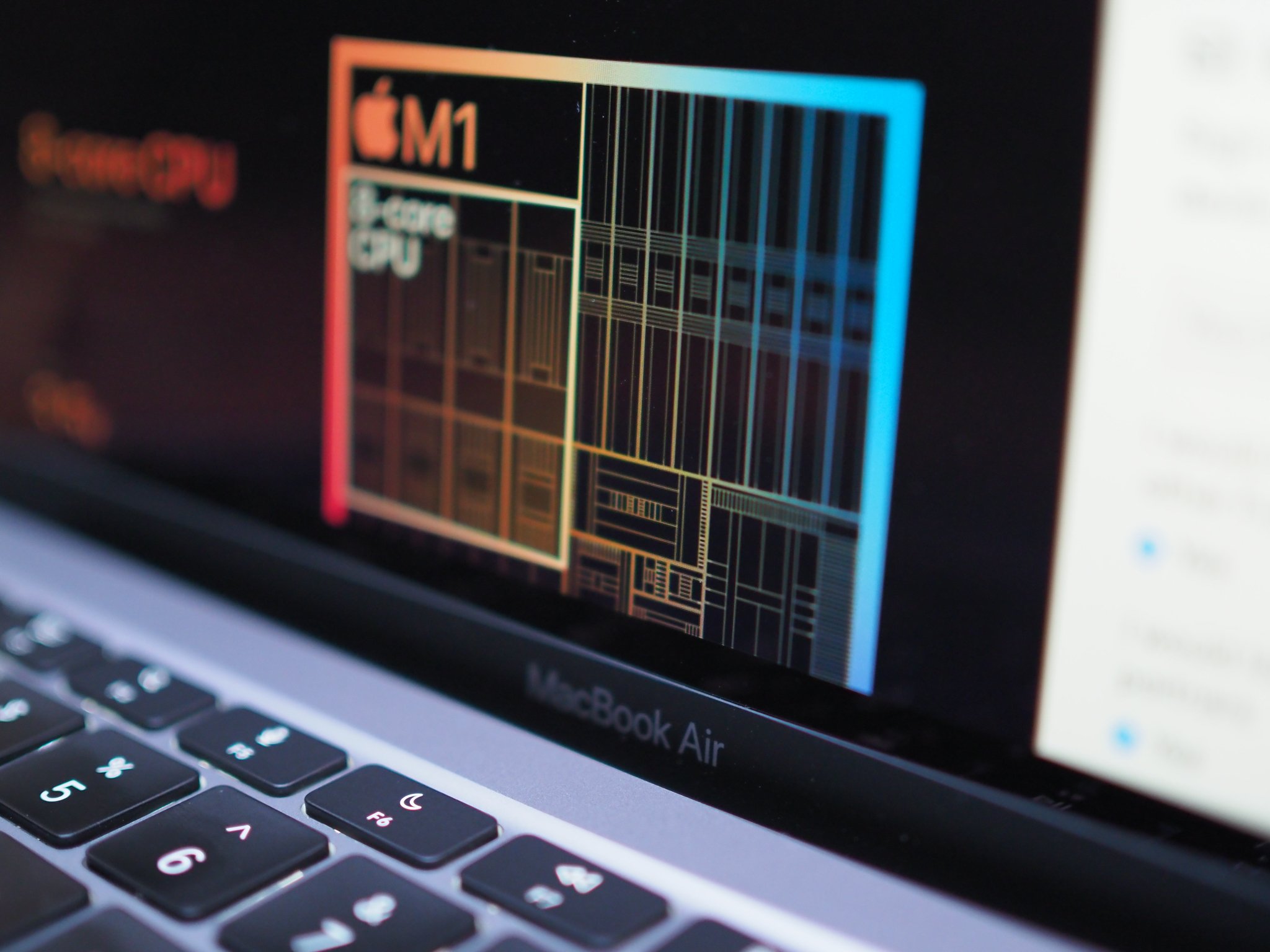macOS Monterey brings another sign of impending Mac fragmentation

Monday, June 7 saw Apple kick this year's WWDC event off with a bumper keynote. We saw iOS 15, iPadOS 15, watchOS 8, tvOS 15, and macOS Monterey. That's a lot to take in, but the last one on that list is causing me a little discomfort. Not gall stone levels of discomfort. Not pain, as such. But more the unpleasant sensation you have when the sounds your stomach makes are cause for concern.
It'll probably be fine. But it could go horribly wrong any minute.
The reason? macOS Monterey and its list of features that won't work on Intel Macs. We know that the transition to Apple silicon would be littered with the bodies of APIs and frameworks and apps and maybe even users – metaphorically, of course. But whole features missing? At a point where the percentage of people running Intel Macs must still be huge compared to those with shiny new M1 machines?
People with Intel machines already have to deal with not being able to run the iPhone apps M1 people are enjoying already. Now macOS doesn't do everything it should, either.
It just seems a bit – worrisome.

Fragmentation is a word that's thrown around a lot, often when iPhone people are peering over the fence at what the Android folk are up to. It isn't often something we deal with over on this side, where the grass is always green. Sure, developers have to say goodbye to APIs and whatnot from time to time – but end users like us don't normally feel it.
Now, though, you could walk into an Apple Store and find yourself in a pickle. Apple still sells Intel machines, after all. Not just The i5 Mac mini. Or the 27-inch iMac, either. Apple still sells the Mac Pro with a starting price of $5,999. And its next big software update is one that's going to leave it without software features a $699 Mac mini has. That just seems ... suboptimal, somehow.
Master your iPhone in minutes
iMore offers spot-on advice and guidance from our team of experts, with decades of Apple device experience to lean on. Learn more with iMore!
Now, I'm sure there are reasons. Apple always has its reasons and they're probably very good and something to do with the Neural Engine inside the M1 chip. But, still. There wasn't a way? Any way? Even if it meant holding the features back a year or two?
I guess not.
Anyway, anyone who does want one of those Mac minis can probably save a few money coins by checking out our collection of the best Mac mini deals we could find.

Oliver Haslam has written about Apple and the wider technology business for more than a decade with bylines on How-To Geek, PC Mag, iDownloadBlog, and many more. He has also been published in print for Macworld, including cover stories. At iMore, Oliver is involved in daily news coverage and, not being short of opinions, has been known to 'explain' those thoughts in more detail, too. Having grown up using PCs and spending far too much money on graphics card and flashy RAM, Oliver switched to the Mac with a G5 iMac and hasn't looked back. Since then he's seen the growth of the smartphone world, backed by iPhone, and new product categories come and go. Current expertise includes iOS, macOS, streaming services, and pretty much anything that has a battery or plugs into a wall. Oliver also covers mobile gaming for iMore, with Apple Arcade a particular focus. He's been gaming since the Atari 2600 days and still struggles to comprehend the fact he can play console quality titles on his pocket computer.
